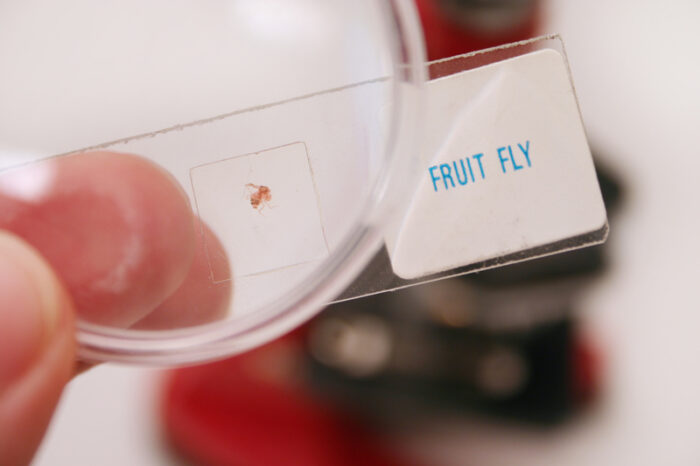Brains are fascinating organs. As the control centres of most complex living things, they are organic super computers.
The stuff your brain is capable of doing on a day-to-day, minute-to-minute basis is remarkable. It processes all sorts of 'input', or information from the outside world. And then, in milliseconds, it uses that input to decide how to react.
It's cold, we shiver. An object is coming in our direction, we duck. A new sound is heard in the distance, we become alert. And as this stuff is happening, we're able to think about bigger things, like math equations. Of course, that's all on top of the involuntary things that we need to do to stay alive, like breathing and all that.
This and so much more is all controlled by the brain—a huge network of neurons (nerve cells) sending countless messages per second back and forth.
And while the human brain is probably the most complex brain on the planet (it is run by a dizzying 86 billion neurons!), the brains of even the smallest animals are all dazzling in their own way.
To prove this, a team of UK, US, and German researchers have worked together to create the first-ever complete neural map of an insect's brain. The larva (baby) of a fruit fly!
Press play on this strangely yummy looking creation (it looks like a bunch of donut sprinkles!) below.
A connection is made
So what exactly are you seeing in this video?
The fruit fly brain in this video only has 3,016 neurons in it. That's like a grain of sand compared to the Mount Everest of neurons found in the human brain. But even amongst those relatively few neurons, there are around 548,000 connections to map out! That is what the scientists have done here. They used many thousands of 2D (flat) electron microscope images of the brain to create an immersive 3D map called a connectome.
That is what you're seeing in the video.
At the start, we see thousands of neurons begin to pop into place, forming the two 'hemispheres', or halves, of the fruit fly brain. Then we begin to see the nerve connections flow out of the neurons, like thousands of party streamers! These connections are what flow out of the brain and through the body of the animal, carrying signals everywhere they go.
And though this is a map of an insect brain, projects like this can be a key to understanding our own brains. Because whether it's thousands of neurons or billions of them, the ways that they connect with each other and send signals is the same.
Can you imagine the same sort of map, but for a human brain? Maybe one day we'll have it!
 It may be incredibly tiny, but the brain of a fruit fly is still well worth studying! (Photo 138171 © Johanna Goodyear | Dreamstime.com
)
It may be incredibly tiny, but the brain of a fruit fly is still well worth studying! (Photo 138171 © Johanna Goodyear | Dreamstime.com
)










🙂 😛 😛 😀 😀 🙂